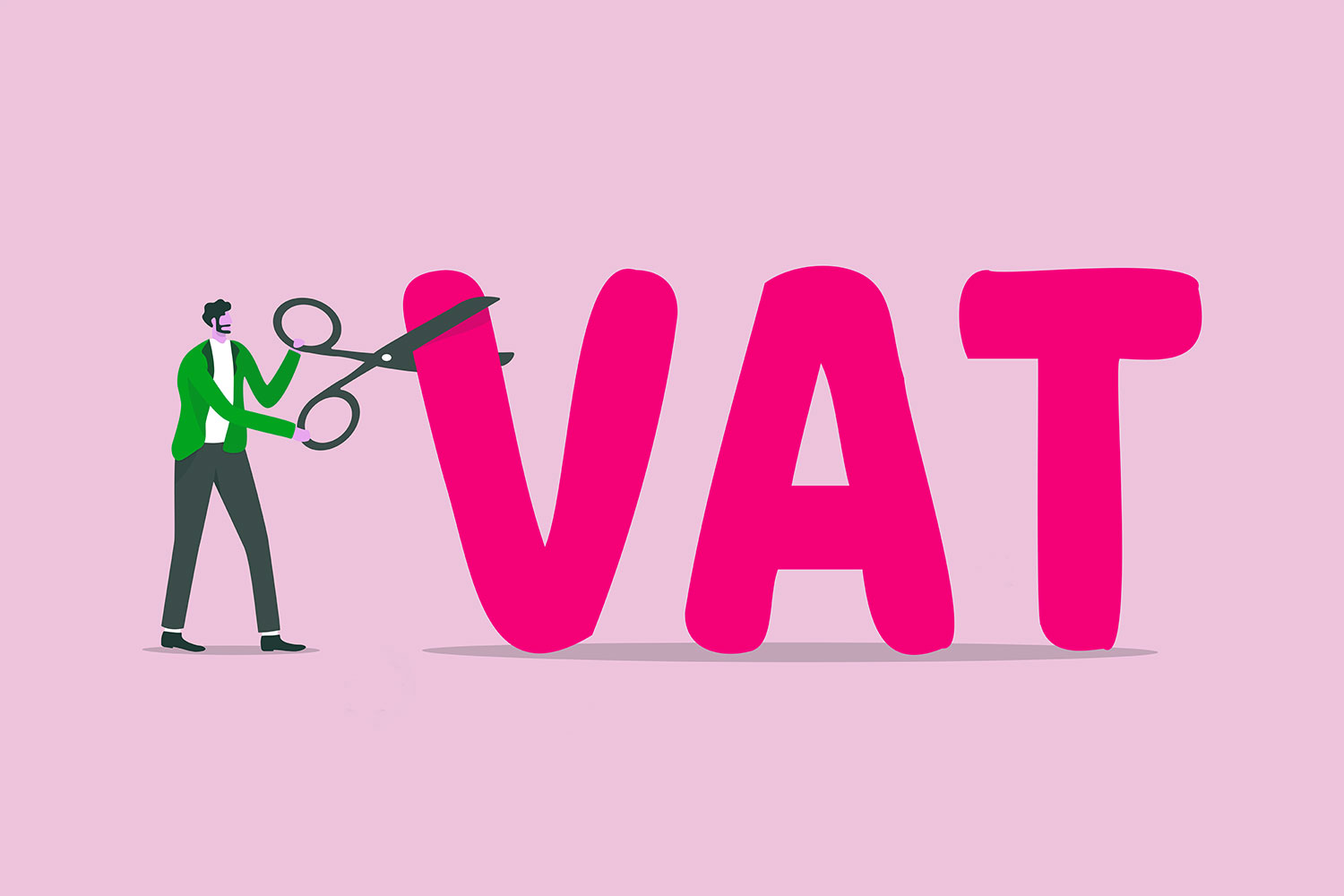Table of contents
Exploring Europe is an exciting adventure that offers unforgettable experiences, but it often comes with a significant price tag. As a seasoned traveler, I’ve learned to navigate various money-saving strategies, from finding budget-friendly flights to seeking out affordable accommodations (thanks to invaluable tips from TPG).
However, one money-saving opportunity that many travelers overlook is the VAT refund.

What is the VAT ?
VAT, or Value Added Tax, is a sneaky expense that we incur while indulging in shopping sprees across European destinations like Paris or Amsterdam on goods at department stores. The good news? As US visitors, we’re often eligible for a refund on these taxes, providing a welcome financial relief for budget-conscious travelers like myself.
Despite the substantial savings VAT refunds offer, it’s surprising to learn that billions of dollars in potential refunds go unclaimed by travelers each year. As someone who values financial prudence, I’m determined not to contribute to that statistic.
Securing my VAT refund is well worth the time and effort, especially when traveling within the EU.
In recent years, VAT refund regulations have undergone changes, necessitating staying updated (especially with the U.K.’s post-Brexit discontinuation of VAT refunds for international visitors). Here’s how I ensure I get the maximum VAT refund when exploring Europe.
Understanding VAT
VAT, along with Goods and Services Taxes (GSTs), is a global taxation system, with over 160 countries implementing it.
In the EU, VAT is similar to sales taxes in the U.S. but with notable differences, primarily higher rates. With the EU’s minimum standard VAT rate at 15%, significantly surpassing U.S. state and local sales tax rates, it’s crucial to understand these distinctions. Currently, the average standard VAT rate in the EU stands around 21%, varying across countries.
What are vat refunds ?
Within the EU, prices typically include VAT, requiring travelers like me to pay the full price upfront and seek refunds afterward. You can claim a refund of a part of the VAT paid.
However, claiming a refund involves adhering to several stipulations. For instance, purchases must be taken out of the EU within three months, with certain limitations on eligible items and minimum purchase amounts varying by country.
Making the Claim
To initiate the refund process, I inform the store staff of my visitor status and intent to claim VAT refunds. Most stores provide necessary paperwork, requiring my passport and sometimes proof of departure.
While some stores handle refunds directly, many work with third-party agencies like Global Blue or Planet, necessitating a separate refund process. So I have another tip to get almost a refund of everything, except services like restaurants or bars bills, no VAT refund is possible here, only for the goods you will take back home with you.
Use ZapTax !
This free app let you create a profile once and upload each receipt showing the name of the goods and the total paid + vat amount, you can add as many as receipts you want until 24h before the departure. Yes, 24h so you can request your tax refund form that you have to print or keep on your phone.
At the airport
I ensure to have all receipts, completed refund forms, purchased items, and travel documents ready for customs inspection. If all requirements are met, custum will just validate my digital refund form, or, if I don’t use ZapTax, customs stamp my refund forms, which are then either mailed back to third-party agencies or processed on-site at refund facilities. Wait between 4 to 8 weeks to get a refund on your credit card.
It’s crucial to note the absence of VAT refunds for international tourists in the U.K., unlike other EU countries. Although the retail export scheme briefly resumed post-Brexit, it has since been discontinued, with the exception of Northern Ireland.
Read also US Citizens will require ETIAS (eVisa) to visit Europe in 2025
Maximizing Savings
To optimize VAT refunds, I meticulously research the VAT rules and refund processes of the countries I plan to visit. Identifying tax-free stores and allowing ample time at the airport for refund processing are also essential strategies.
By understanding VAT regulations and refund procedures, I ensure to make the most of my travels, turning tax returns into travel rewards.
Furthermore, it’s important to plan purchases strategically. Many countries have a minimum purchase requirement to be eligible for a VAT refund, and some items may not qualify for a refund, such as consumables or certain services, it’s what I use ZapTax, they don’t have any minimum to proceed your tax refund !
Moreover, staying organized is key. Keeping all receipts, completing refund forms accurately, and ensuring compliance with customs requirements are crucial steps to maximize VAT refunds.
Lastly, being aware of exchange rates and potential processing fees is essential. Some refund agencies may charge fees or offer refunds in a different currency, impacting the final refund amount.
Bottom Line
Understanding VAT refund processes and regulations is essential for any traveler exploring Europe. By staying informed, planning strategically, and staying organized, travelers can maximize their VAT refunds, turning tax returns into valuable travel rewards.
